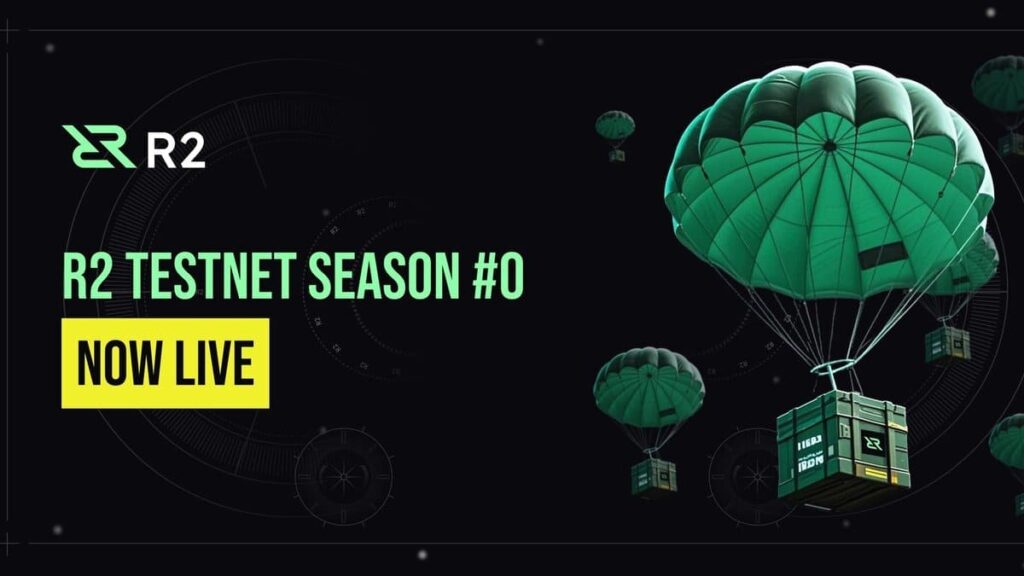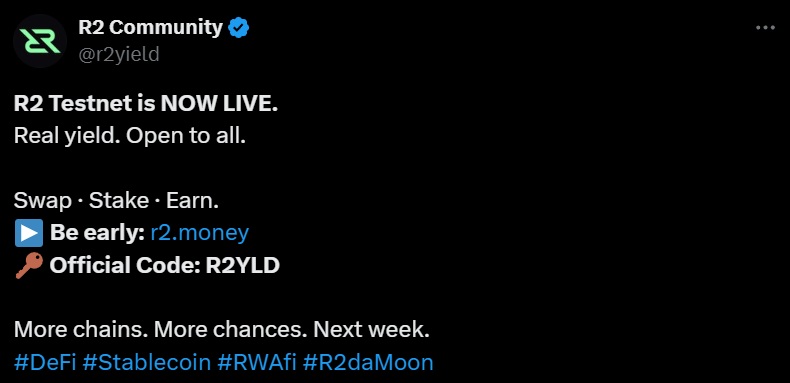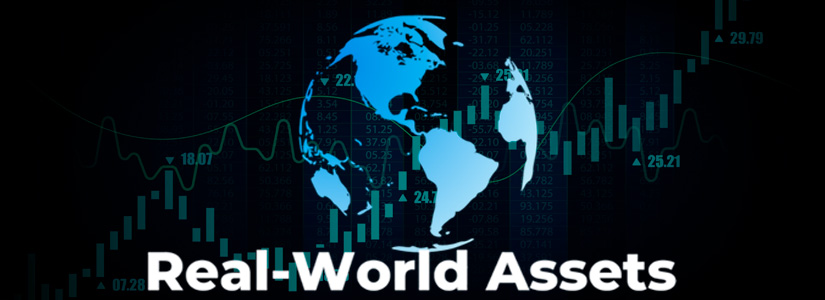TL;DR
- R2 launches a stablecoin backed by RWAs, such as U.S. Treasuries, money market strategies, and real estate.
- The stablecoin allows users to generate passive income through asset tokenization, democratizing access to exclusive investment strategies.
- Users can participate in the creation of R2USD through interactive activities, with the possibility of earning rewards and points that will turn into incentives.
R2 has launched a stablecoin backed by real-world assets, R2USD, which combines the best of decentralized finance (DeFi) with traditional yield-generating strategies.
This stablecoin is backed by tokenized U.S. Treasuries, money market strategies, and rental income from real estate, allowing it to offer yield to users without sacrificing the security and stability typical of a stable cryptocurrency.
The goal of this initiative is to provide users with a stablecoin that not only maintains its value consistently but also generates passive income. This is achieved through the tokenization of yield-generating assets, a concept that has previously been reserved primarily for large institutions. With this new stablecoin, R2 seeks to democratize access to these instruments, allowing anyone to participate in these types of strategies.
In addition to the launch of R2USD, users have been invited to participate in the creation of this stablecoin by minting and staking it for rewards. To do so, they can engage in various activities on the platform, including interactive missions through Galxe and Intract. These actions provide points within the testnet that could turn into incentives once the mainnet is officially launched in the second quarter of 2025.
R2USD Was Designed to Meet the Highest Regulatory Standards
In terms of regulatory compliance, R2 has designed this protocol to meet the necessary regulatory standards, thus seeking a balance between the decentralization that characterizes the DeFi sector and the stability required by financial institutions. This approach could pave the way for DeFi products to be adopted by large groups of investors, and even institutions that have traditionally stayed away from the crypto ecosystem.
On the other hand, the Polygon ecosystem continues to grow exponentially, reaching a high transaction volume, especially in the retail payment range. Polygon is one of the most attractive networks for conducting economic transactions thanks to its low fees and scalability. This perfectly complements the rise of stablecoins, which have become essential for making digital payments.













